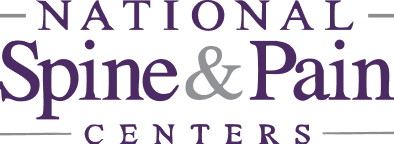Workplace pain is a prevalent issue that affects employee well-being and productivity. According to the Occupational Safety and Health Administration (OSHA), hundreds of thousands of workers suffer from workplace injuries every year, including 5,486 fatal work injuries. Many of these injuries are preventable. These injuries not only diminish quality of life but also lead to significant economic costs due to lost productivity and medical expenses. Addressing workplace pain is, therefore, critical for ensuring a healthy, productive, and safe work environment.
Understanding the Impact of Workplace Pain
Workplace pain can stem from various sources, including repetitive strain, poor ergonomics, improper posture, and inadequate personal protective equipment (PPE). These issues can lead to chronic conditions such as back pain, carpal tunnel syndrome, and musculoskeletal disorders, which can severely impact an employee’s ability to perform their duties efficiently.
The Role of Ergonomics
Ergonomics plays a crucial role in minimizing workplace pain. Ergonomics involves designing workstations, tools, and tasks to fit the worker's needs, reducing the risk of injury and strain. Here are some useful ergonomic tips:
- Adjust Your Workspace: Ensure that your chair supports proper posture, with feet flat on the floor and knees at a 90-degree angle. Desks should be at elbow height, and computer screens at eye level to prevent neck strain.
- Use Ergonomic Tools: Invest in ergonomic keyboards, mice, and other tools that reduce strain on hands and wrists.
- Take Regular Breaks: Frequent short breaks can help prevent repetitive strain injuries. Stand up, stretch, and walk around to alleviate stress on muscles and joints.
Importance of Proper Posture
Maintaining proper posture is essential for preventing pain and injuries. Poor posture can lead to muscle imbalances and increased pressure on the spine, contributing to chronic pain and discomfort. This is especially important for jobs where you are sitting or standing for long periods at a time. Here are some tips for maintaining good posture:
- Sit Correctly: Sit with your back straight and shoulders relaxed. Use lumbar support to maintain the natural curve of your spine.
- Stand Smart: When standing, distribute your weight evenly on both feet. Avoid locking your knees and keep your shoulders aligned with your hips.
- Lift Safely: Use your legs, not your back, when lifting heavy objects. Keep the object close to your body and avoid twisting while lifting.
Proactive Measures for a Safe Work Environment
Creating a pain-free and safe work environment requires proactive measures. Employers and employees must work together to identify and mitigate hazards. Here are some effective strategies for employers to take to minimize risks and work with their employees to maintain a safe environment:
- Conduct Regular Risk Assessments: Regularly assess the workplace for potential hazards, such as slippery floors, cluttered pathways, and poorly maintained equipment. Address these issues promptly to prevent accidents.
- Promote a Safety Culture: Encourage employees to report safety concerns and participate in safety training sessions. A culture of safety empowers everyone to take responsibility for their own well-being and that of their colleagues.
- Implement Training Programs: Provide comprehensive training on safe work practices, proper use of PPE, and emergency procedures. Well-informed employees are better equipped to avoid injuries.
Personal Protective Equipment (PPE)
Using appropriate PPE is vital for safeguarding against workplace hazards. Depending on the nature of the job, PPE may include items such as helmets, gloves, safety goggles, and ear protection. Employers should ensure that PPE is readily available, and employees are trained in its correct usage.
Treatment and Relief from Workplace Injuries
Addressing workplace pain and ensuring a safe work environment is critical for maintaining employee well-being and productivity. However, injuries can still happen. If you are experiencing pain, it’s best to meet with a specialist to help get the treatment you need. Speak with your primary care doctor or an NSPC-affiliated specialist.
Our affiliated physicians are here to listen to your concerns and improve your life with comprehensive treatment plans for an array of conditions Contact us to book your first consultation or to find a location today.


.2408091314159.png)

.2508191744197.jpg)
.2503201349082.jpg)
